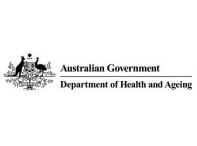Project objectives
The National Tobacco Strategy 2012–2018 was an actions framework with the high-level objective of reducing the national smoking rate to 10% of the population and halving the indigenous smoking rate from the 2009 baseline by 2018. The Strategy highlighted nine priority areas and outlined specific objective and outcome indicators.
Through the mid-point review, the Department of Health sought to assess progress by the Commonwealth, states and territories and non-government organisations towards meeting the policy objectives outlined in the Strategy from 1 December 2012 to 21 December 2015. The Department also aimed to identify barriers and enablers of progress and to obtain recommendations on potential areas of focus for the remaining period of the Strategy (2016–2018).

 Australian Department of Health
Australian Department of Health